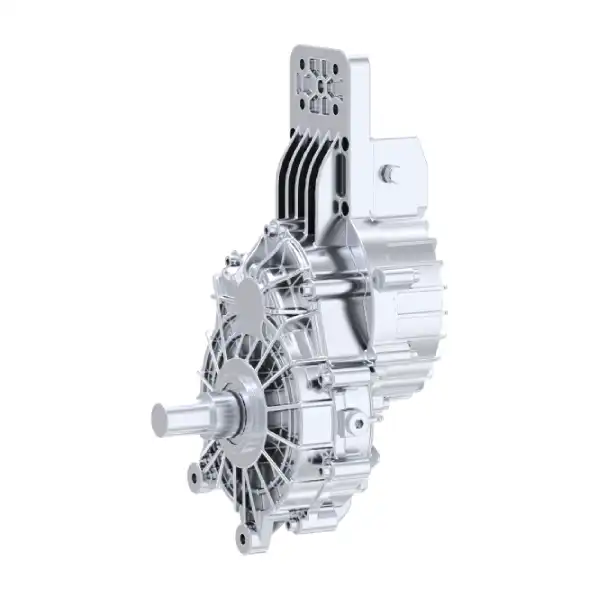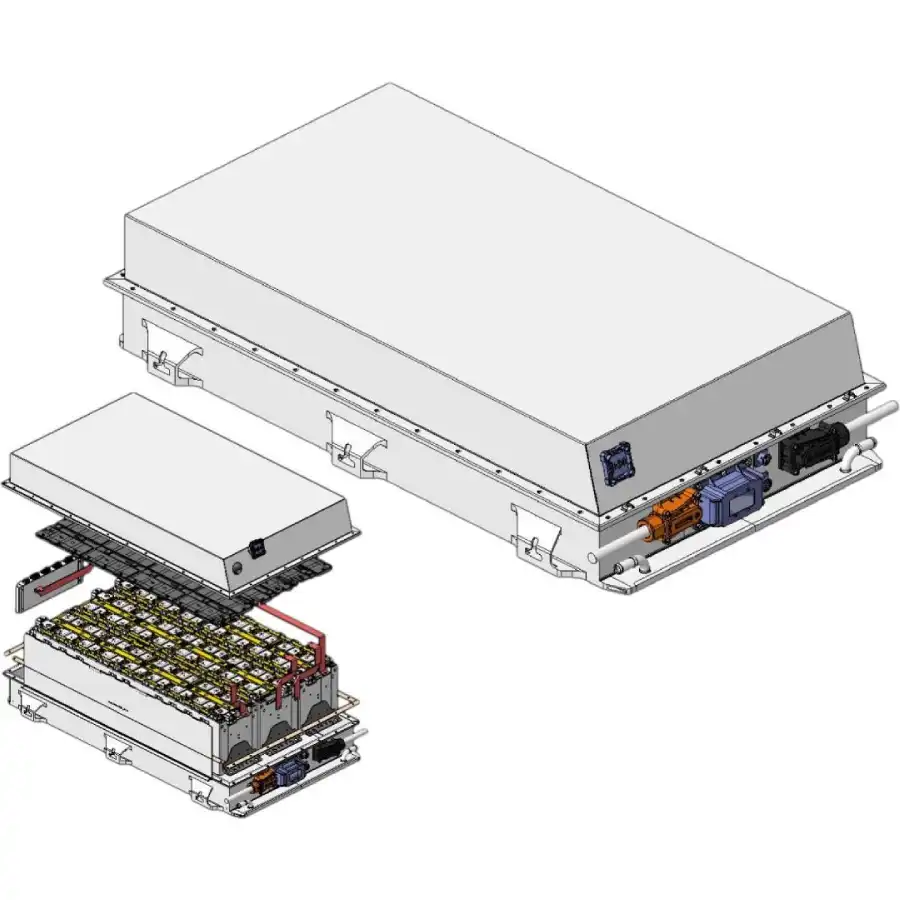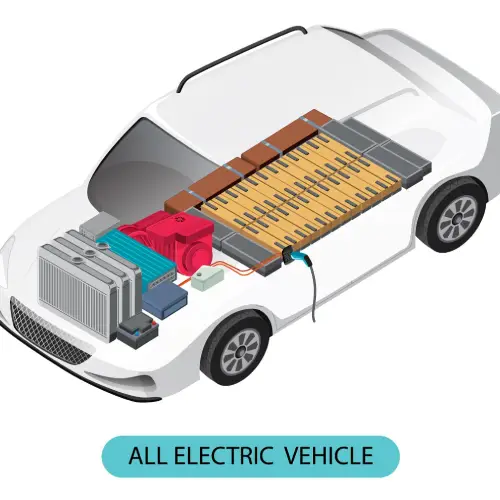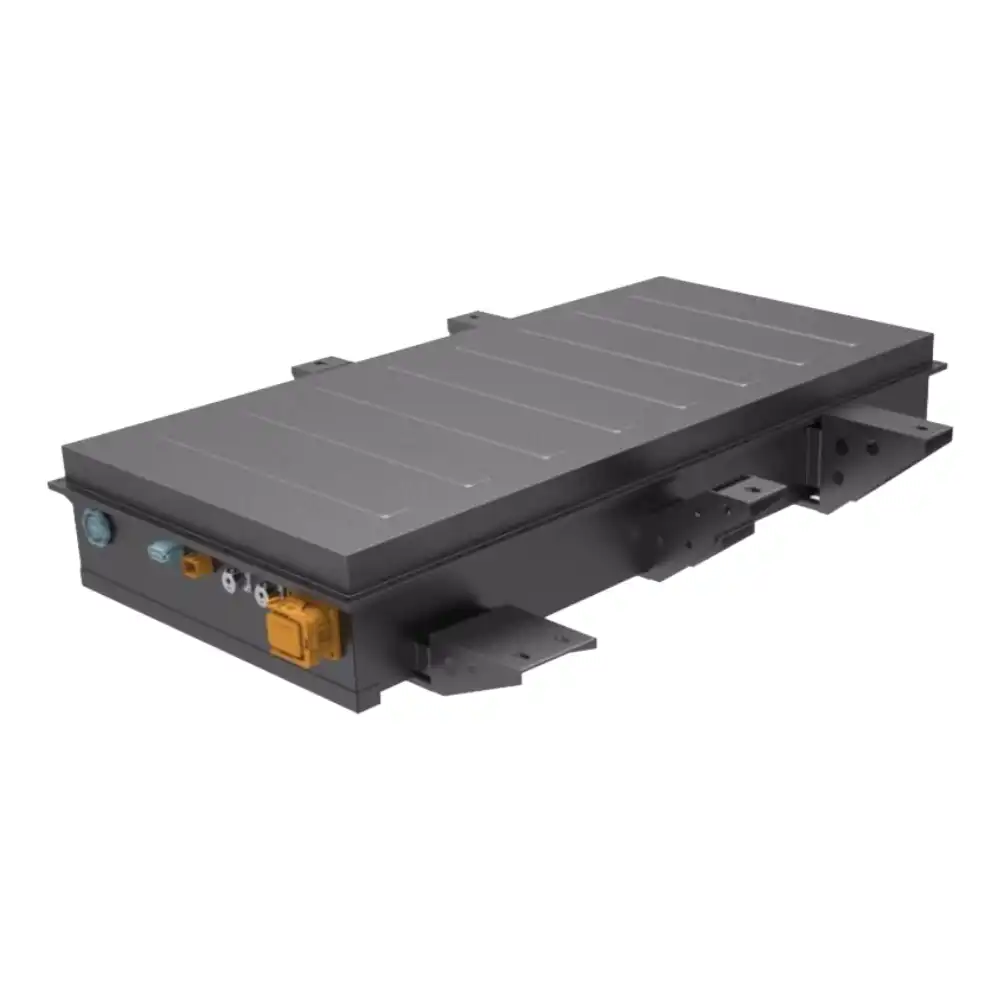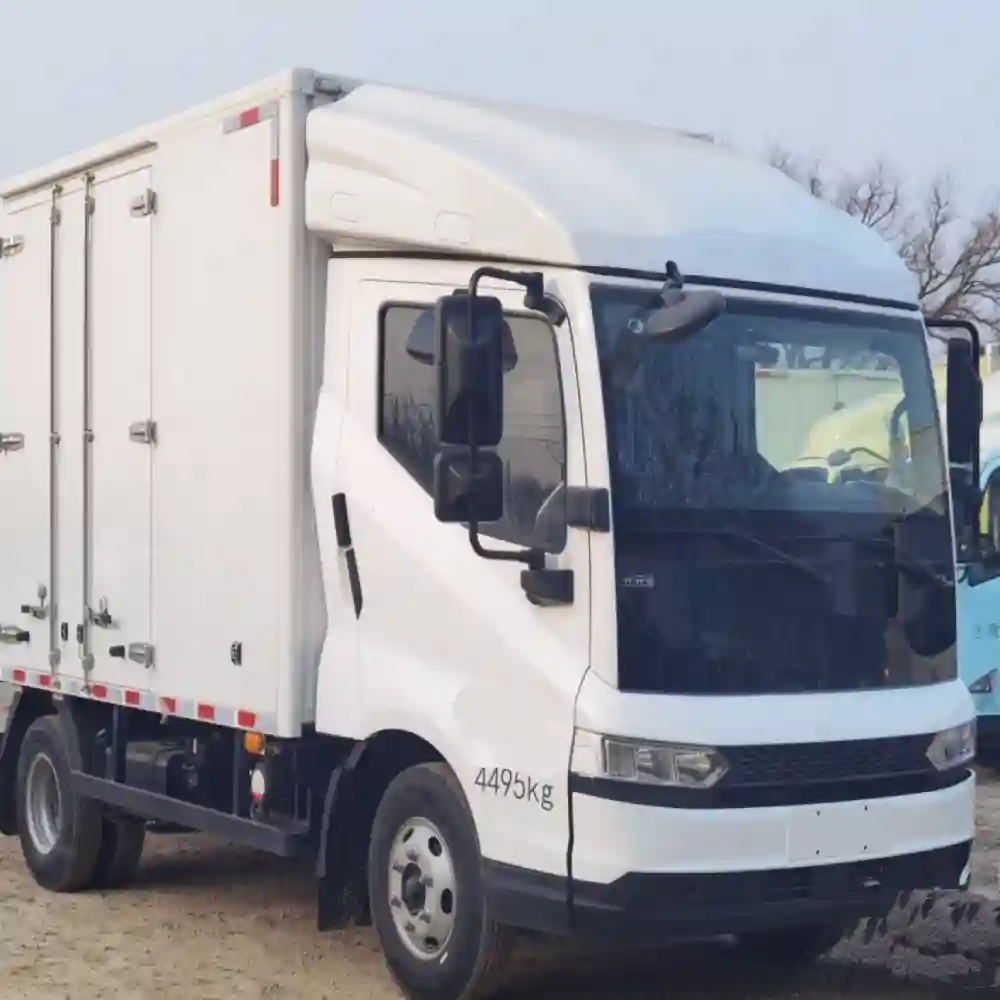DC-DC Converter: Unlocking the Energy Code of Electric Vehicles (EV)
DC-DC Converter: Unlocking the Energy Code of Electric Vehicles Introduction to the DC-DC Converter The onboard DC-DC converter is a crucial component in electric vehicles (EVs). It’s primarily responsible for converting the high-voltage DC power from the battery into the low-voltage DC power needed by various electronic components and control systems within the vehicle. The operation of a DC-DC converter involves multiple modules, including power conversion, driving, and control, ensuring that energy is safely and efficiently transferred. Functions of the DC-DC Converter In electric vehicles, the DC-DC converter plays several key roles. First, it provides the necessary power for systems like power steering, air conditioning, and other auxiliary equipment, ensuring the vehicle operates smoothly. Additionally, since many of the electronic components and control systems in a pure electric vehicle use low-voltage power, the DC-DC converter ensures that the low-voltage battery is sufficiently charged. In some systems, the DC-DC converter even replaces the traditional 12V alternator, becoming the primary power source for recharging the high-voltage battery and supplying the 12V power load. DC-DC Converter Types There are various types of onboard DC-DC converters, including boost, buck, and buck-boost converters, which can be selected and configured based on specific needs. When selecting a converter, factors such as the vehicle’s top speed, acceleration, weight, maximum torque, and power requirements must be considered to ensure the converter’s power capacity meets the vehicle’s needs. Future Trends It’s worth noting that as EV technology continues to evolve, onboard DC-DC converters are also being optimized and upgraded. In the future, with the rise of higher voltage systems and the adoption of 48V systems, DC-DC converters will play an even more critical role in providing stable and efficient power to vehicles. Key Specifications of the Onboard DC-DC Converter The main specifications of onboard DC-DC converters cover several key parameters and characteristics, which not only impact the converter’s performance but also directly affect the stability and reliability of the vehicle’s electrical system. Here’s a detailed look at these key specifications: Output Current Capability: This refers to the maximum output current that the DC-DC converter can provide. This parameter directly determines whether the converter can meet the power demands of the vehicle’s electronic systems. It’s crucial to ensure the converter’s output current capability is robust enough to handle various load conditions. Conversion Efficiency: This indicates how efficiently the DC-DC converter transforms input power into output power. Higher efficiency means less energy loss, which is essential for improving the overall energy efficiency of the vehicle’s electronic systems. Therefore, when choosing a converter, preference should be given to products with high conversion efficiency. Power Rating: The power rating of the DC-DC converter is a critical specification, determining the scale of power the converter can handle. Different vehicle types often have varying power needs, so it’s important to select a converter with a power rating that matches the vehicle’s configuration and actual requirements. Size and Weight: Given the limited space inside electric vehicles, the size and weight of the DC-DC converter are important factors to consider. Smaller and lighter converters help save space and optimize vehicle layout. Thermal Performance: Thermal performance is key to the stability of the DC-DC converter. In high-temperature environments, good thermal performance ensures that the converter operates normally and avoids damage due to overheating. Therefore, the converter’s cooling method and effectiveness should be considered when selecting a unit. Electrical Safety Performance: The electrical safety performance of the DC-DC converter is also critical. This includes compliance with input-output wiring standards, grounding resistance requirements, and specifications for electrical clearance and creepage distance, all of which are necessary to ensure safe operation. Electromagnetic Compatibility (EMC): EMC refers to the DC-DC converter’s ability to operate without exceeding specified electromagnetic interference (EMI) levels, while also being resilient to external interference. This is vital for maintaining the stability and reliability of the vehicle’s electrical system. Reliability: Reliability reflects the DC-DC converter’s stability and durability during long-term operation. A highly reliable converter reduces the likelihood of faults and enhances the overall performance of the vehicle. Topologies of the Onboard DC-DC Converter The topology of a DC-DC converter is a key factor in its design and performance. The topology determines the path and method of energy conversion, significantly impacting the converter’s efficiency, reliability, and cost. Here are some common topologies of onboard DC-DC converters: Non-Isolated Bidirectional DC-DC: Simple structure with direct component connections and no extra energy loss, leading to high efficiency. High capacitor requirements on the boost side. Main circuit structures include bidirectional half-bridge boost-buck circuits, bidirectional buck-boost circuits, bidirectional buck circuits, and bidirectional Zeta-Sepic circuits. Isolated Bidirectional DC-DC: Adds a high-frequency transformer to the non-isolated design, achieving electrical isolation. The circuit topology on both sides of the high-frequency transformer can be full-bridge, half-bridge, or push-pull types. Utilizes more power switches, offering a broader voltage range and the advantage of electrical isolation. Boost Converter Topology: Used to step up the input voltage to a higher voltage. Basic structure includes an inductor, switch, diode, and output filter capacitor. Buck Converter Topology: Used to step down the input voltage to a lower voltage. Simple structure with high efficiency, commonly used in automotive applications. Buck-Boost Converter Topology: Capable of both stepping up and stepping down the input voltage, suitable for situations where the input voltage varies widely. Can convert input voltage that is greater than, equal to, or less than the output voltage. Flyback Converter Topology: Suitable for low-power, high-voltage applications. Converts voltage through the storage and release of energy in a magnetic field. Half-Bridge Converter Topology: Another topology for converting input voltage to output voltage. Basic structure includes two switches, a pair of diodes, and an output filter capacitor. Brogen’s DC-DC Converter Systems At Brogen, we offer a comprehensive range of DC-DC converters designed to meet diverse needs. Our converters cover power options from 0.6 kW to 6 kW and are available with natural cooling, air cooling, and liquid cooling options. We provide both step-down and step-up configurations, with input voltage ranges from 40 – 700



